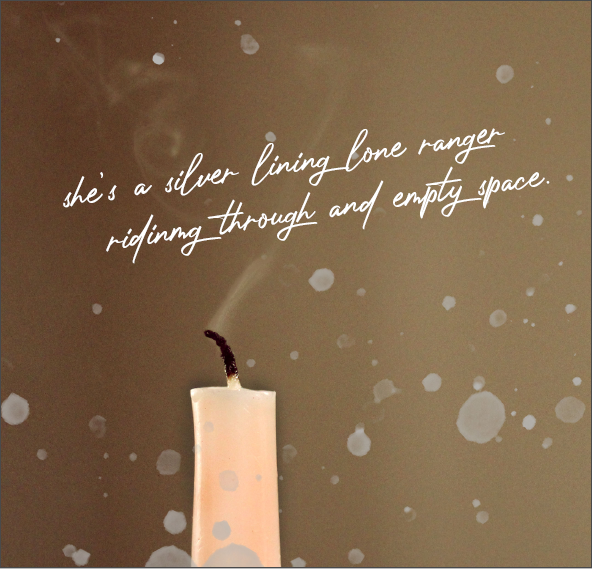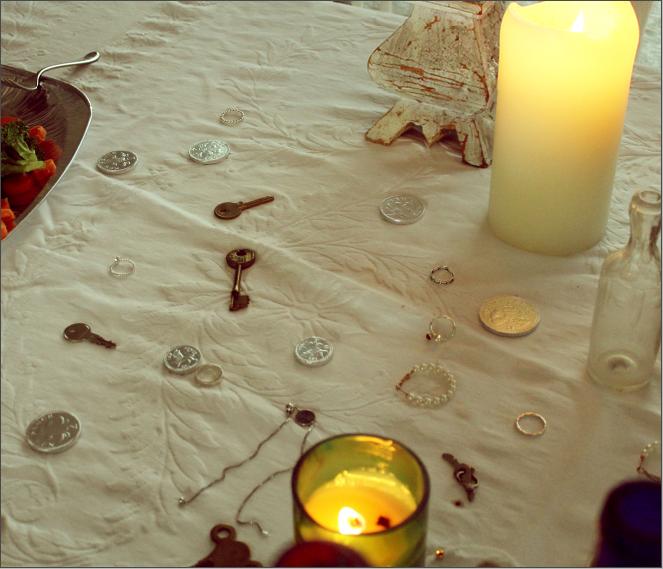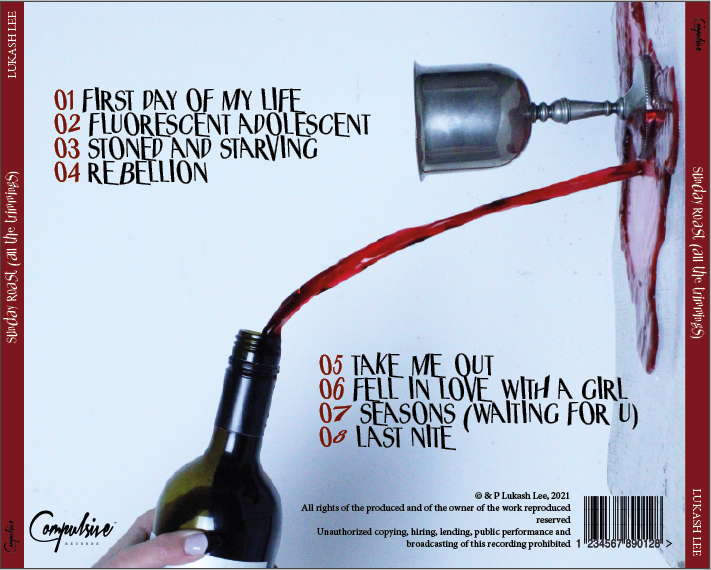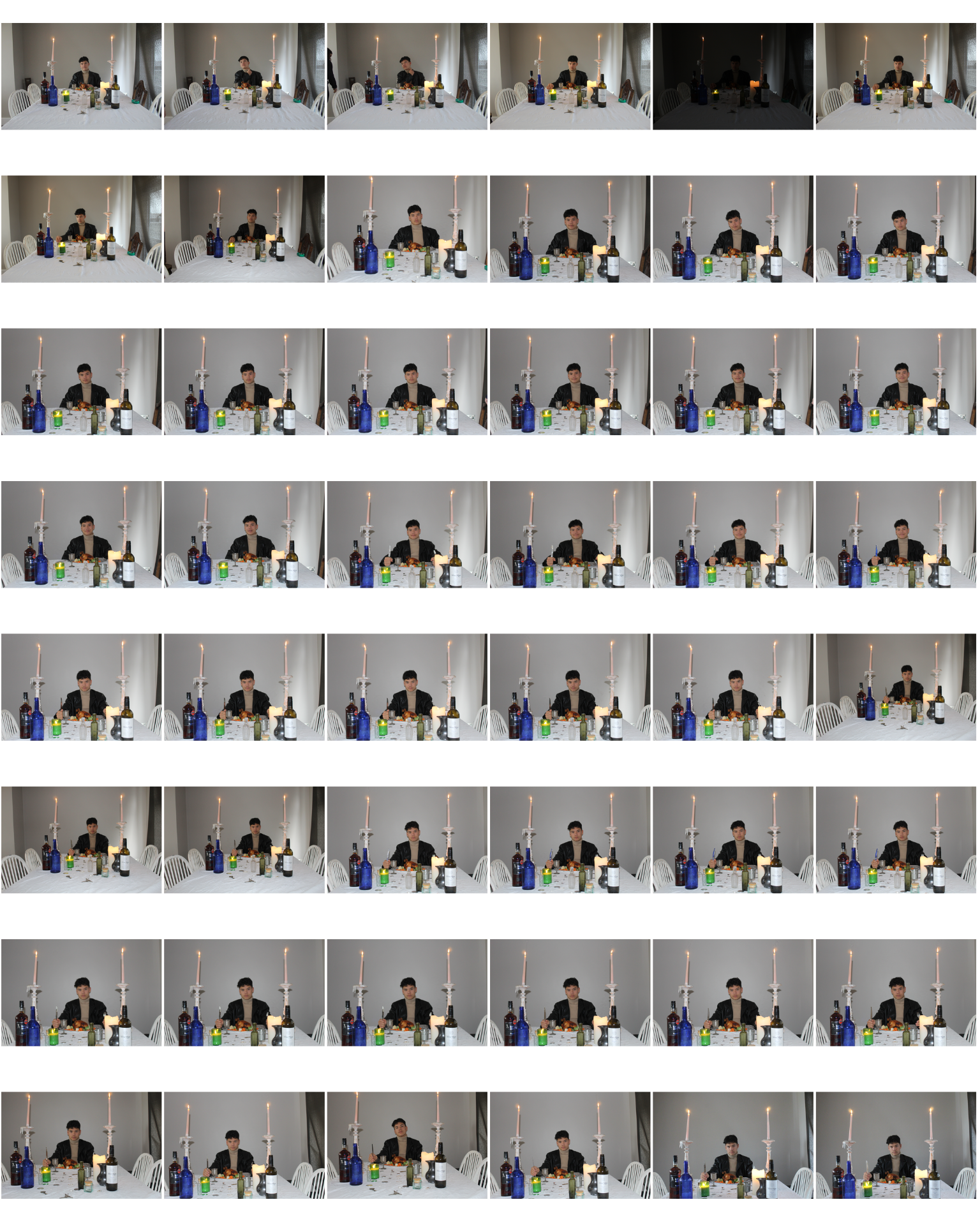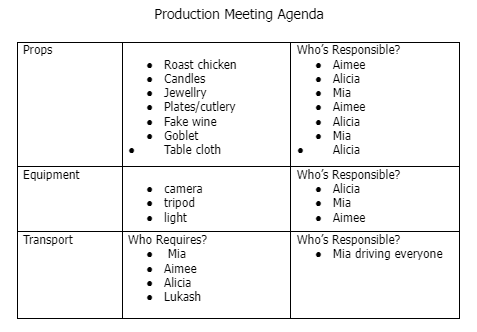Below is our draft 3 of our digipak. We have printed it out and inserted it into a plastic album case which gives us more of an indication as to what it would look like if it were a real, published DP, and how our consumers would view it.

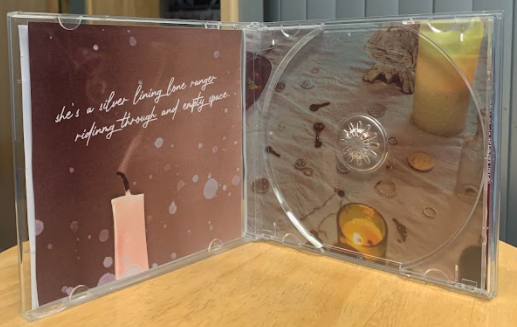
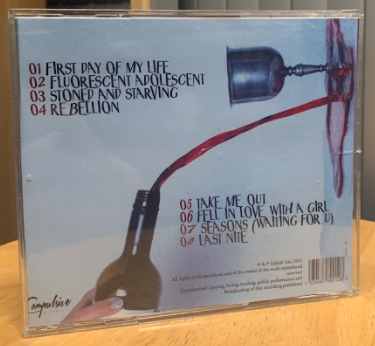
Peer feedback:
We got our media classes to look at our digipak and decide from various music genres, which they think our DP most resembles. From this we are able to establish whether we have achieved the conventions of our music genre, or whether we have strayed and influenced our peers to think its a different genre to indie rock.
Indie pop – //// (4)
Pop – ////////// (10)
Hip-hop melodic/emotional rap – ////// (6)
Indie rock – ///// (5)
Rock – (0)
Folk – / (1)
Alternative rock – (0)
From this peer feedback it is evident that some changes need to be made so that it is more obvious as to what genre our DP is. We believe that the DP has little-to-no conventions of a pop album so are unsure why this has been the most popular choice. However, I can understand why peers may have chosen the hip-hop melodic/emotional rap. The opulent mise en scene that we have included may steer people to think its an upper class rapper playing with their wealth and creating unique scenes. It is clear that we have not made the DP clear for our consumers in regards to our audiences demographics as indie rock was the third lowest genre opinion.


